Freestyle skis are designed for tricks, terrain parks, and creative skiing. Their shorter length, lightweight build, and twin-tip design (upturned tips and tails) make them ideal for riding both forward and backward. Here’s a quick breakdown:
- Best for: Tricks, park skiing, and playful mountain riding.
-
Key features:
- Twin-tip design: For smooth landings and switch riding.
- Shorter length: Enhances agility and control.
- Flex types: Softer for beginners, stiffer for experts.
- Profiles: Camber for precision, rocker for easy turns, or hybrid for versatility.
Quick Comparison: Freestyle vs. Alpine Skis
| Feature | Freestyle Skis (e.g., Snowfeet) | Alpine Skis (e.g., Rossignol Experience) |
|---|---|---|
| Length | 65–120 cm | Over 150 cm |
| Best Use | Tricks, terrain parks | Groomed runs, speed |
| Flexibility | Softer for tricks | Stiffer for stability |
| Boot Compatibility | Snowboard/winter boots | Ski-specific boots |
Freestyle skis, like Snowfeet, are compact and versatile, making them perfect for beginners and advanced riders alike. Beginners should start with softer, shorter skis, while advanced skiers can opt for stiffer, longer models for more control. Always maintain your skis - wax them regularly and keep edges sharp for the best performance.
Core Design Elements of Freestyle Skis
Twin-Tip Design and Movement
Freestyle skis often feature a twin-tip design, meaning both the tips and tails are upturned. This allows skiers to ride and land tricks in either direction, making it essential for activities like jumping, buttering, and navigating terrain parks. While this design may slightly reduce edge grip on firm snow, it provides the pivoting feel that's central to freestyle skiing. It also lays the foundation for other advancements like rocker and camber profiles.
Rocker and Camber Types
Freestyle skis use different profile combinations to strike a balance between agility and stability. Here's a quick breakdown:
| Profile Type | Edge Contact | Best For | Performance Impact |
|---|---|---|---|
| Traditional Camber | Maximum | Groomed runs, precision | Excellent edge grip and added "pop" |
| Full Rocker | Minimal | Soft snow, butters | Easier turning and reduced edge catching |
| Hybrid (Rocker/Camber) | Moderate | All-mountain freestyle | Blends stability with playful handling |
The introduction of reverse camber has revolutionized how skis perform in diverse snow conditions, making them more adaptable. Beyond the profiles, the materials used in ski construction also play a key role in shaping their performance.
Flex Types and Materials
Freestyle skis are crafted with a focus on both durability and performance, achieved through a mix of core materials and composite layers.
-
Core Materials
- Poplar: Offers a natural "pop" and consistent flex.
- Beech: Known for its toughness and stability.
- Aspen: Lightweight, ideal for performance-focused designs.
-
Composite Layers
- Fiberglass: Adds stiffness without breaking the bank.
- Carbon Fiber: Reduces weight while improving responsiveness.
- Aramid (Kevlar): Absorbs impacts and dampens vibrations for smoother rides.
-
Flex Patterns
Freestyle skis typically feature softer flex for a playful and forgiving ride. However, models designed for advanced skiers often include stiffer constructions to enhance precision and control.
These design elements work together to create skis that excel in terrain parks while remaining versatile enough for other mountain adventures. Shorter ski lengths, like those in the Snowfeet lineup, further improve control and make tricks easier by reducing swing weight.
What are Twin Tip Skis - Explained
Freestyle vs. Alpine Skis: Key Differences
Freestyle skis and alpine skis are built with different goals in mind, and their designs reflect this. Freestyle skis, like Snowfeet, are crafted for agility and playful performance, standing apart from the traditional alpine models. Let’s break down these differences by examining specific performance features.
Performance Specs Comparison
One of the most noticeable differences is ski length. Snowfeet's shorter length offers unmatched agility compared to alpine skis, which are generally much longer.
| Feature | Freestyle Skis (Snowfeet) | Traditional Alpine Skis | Impact on Performance |
|---|---|---|---|
| Length | 65–120 cm | Typically over 150 cm | Snowfeet's short length allows for quick, precise movements |
This compact design makes rapid direction changes a breeze. As Snowfeet user Jakub F shared:
"With these little skis, you feel much more agile, faster, and above all – comfortable. No buckles, no heavy boots – just strap in and go."
Snowfeet 120cm vs. Rossignol Experience 88
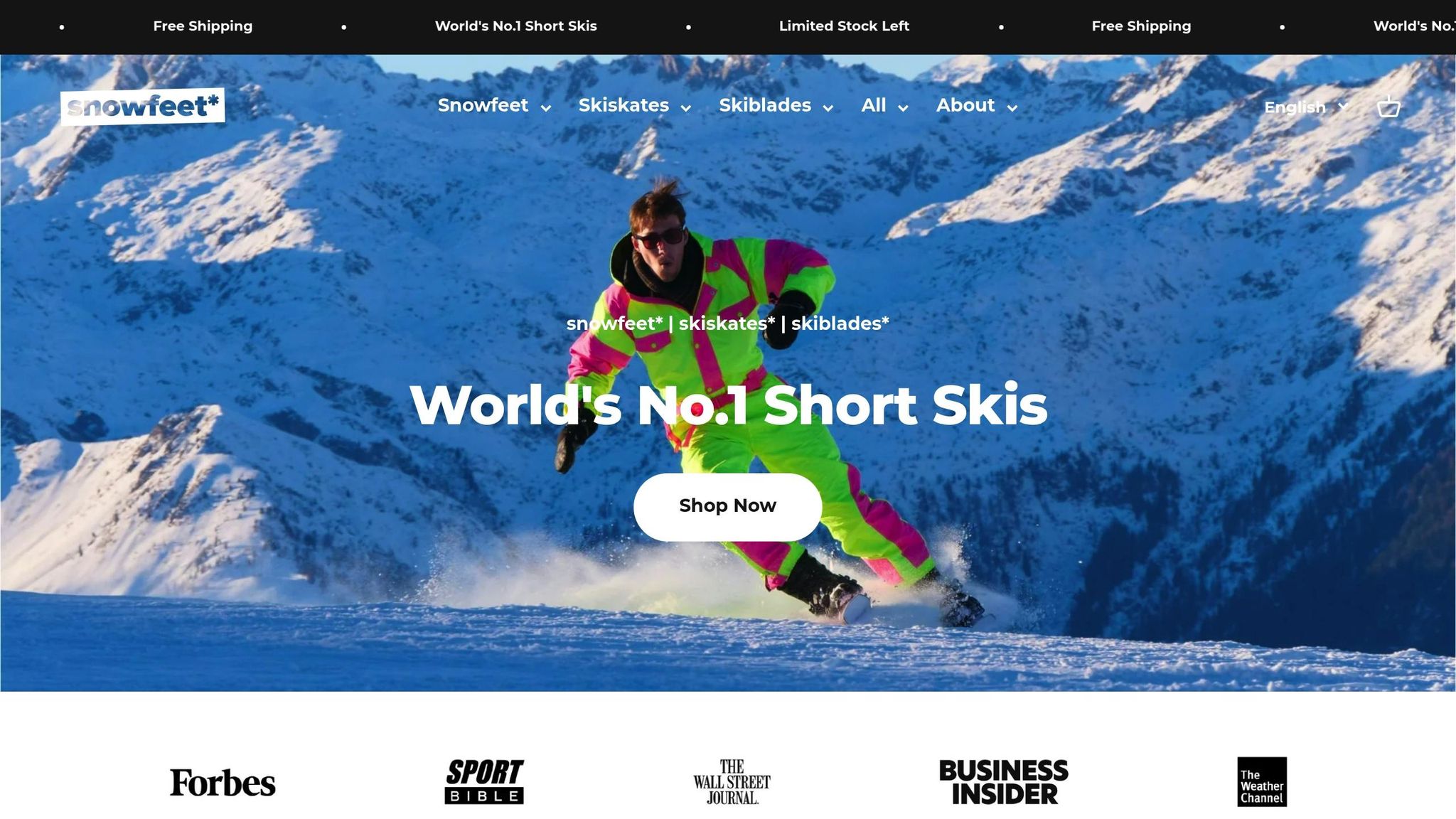
When comparing Snowfeet 120cm to a traditional alpine ski like the Rossignol Experience 88, the differences in versatility, equipment integration, and performance become even more apparent:
-
Versatility and Progression
Snowfeet 120cm performs well across various terrains and works with different boot types, offering riders the flexibility to experiment and progress. The twin-tip design and hybrid camber also help skiers transition from basic skills to advanced tricks with ease. -
Equipment Integration
Unlike alpine skis that require specific boots and bindings, Snowfeet is compatible with winter or snowboard boots. This makes it more comfortable and convenient, especially for those who want to switch between different snow activities. -
Performance Benefits
The compact and lightweight design of Snowfeet simplifies freestyle movements, making it easier to learn spins, jumps, and other tricks. Its build also provides better control for aerial stunts and park features.
These features make Snowfeet a standout choice for terrain parks, where adaptability and confidence are key. With an average customer rating of 4.9/5, users consistently highlight how Snowfeet combines the best of traditional skiing with a freestyle edge, offering a fun and approachable experience for all skill levels.
sbb-itb-17ade95
How to Pick Freestyle Skis
Choosing the right freestyle skis means considering both your skill level and the terrain you plan to tackle. Here's how to make the best choice.
Matching Skis to Skill Level
Your experience on the slopes plays a big role in determining the ski size and flex type you need. Here's a quick guide:
| Skill Level | Recommended Ski Size | Flex Type | Suggested Model |
|---|---|---|---|
| Beginner | 65 cm | Soft, forgiving | Snowfeet Skiblades (65 cm) |
| Intermediate | 99 cm | Medium flex | Snowfeet Skiblades (99 cm) |
| Advanced | 120 cm | Stiff, responsive | Snowfeet Short Skis (120 cm) |
"Beginners should choose versatile, more forgiving freestyle skis that are supple." [1]
Matching the ski's length and flexibility to your skill level makes riding more enjoyable and helps you progress faster. Once you've got that sorted, it's time to consider the terrain.
Terrain-Based Selection
The type of terrain you prefer to ride will further narrow down your options. Here's what to keep in mind:
-
Park and Urban Riding:
Go for skis that are either your height or up to 10 cm shorter to enhance agility. A twin-tip design is essential for smooth switch riding. -
All-Mountain Freestyle:
Look for skis that strike a balance between versatility and performance. The size should complement your body dimensions for the best experience. -
Powder Conditions:
For deep snow, pick skis with a wider profile and upturned tips, such as the Snowfeet POWDER series, for better floatation and control.
Advanced riders often prefer stiffer skis for more precise control and responsiveness. Features like twin tips and upturned tips are great for landing tricks and riding switch, while choosing a size that suits your body ensures maximum versatility on various terrains.
Freestyle Ski Maintenance
Taking care of your skis is key to keeping them performing at their best and lasting longer. Here’s how you can ensure they stay in top shape.
Edge Maintenance
Ski edges are your best friends when it comes to control and precision, so keeping them in good condition is a must. Check them regularly for rust or burrs, especially after hitting the terrain park, where wear and tear are more likely. Rusty or damaged edges can seriously affect your performance, so don’t let them go unnoticed. Along with edge care, don’t forget that your ski base and bindings also need attention to keep everything running smoothly.
Base and Binding Care
Waxing your skis isn’t just about speed - it’s about keeping them in good health. A hot wax job usually lasts around 5–7 ski days. If your skis start feeling slow or show white, dry patches (known as feathering), it’s time to reapply wax. And when the season wraps up, don’t skip the storage wax. This layer protects the base from drying out and oxidizing during the off-season.
Bindings are just as important. Take a close look at the Anti-Friction Device (AFD) for wear, make sure all screws are tight, and check for any unusual movement or sounds when your boots are clipped in. If you notice cracks or anything that feels off, it’s best to get them checked by a professional. Keeping your bindings in good shape is essential for safety and complements the quick, responsive feel that freestyle skis are built for.
Conclusion: Next Steps in Freestyle Skiing
If you're ready to take your freestyle skiing to the next level, it's all about the right gear and a steady progression of skills.
Freestyle skiing thrives on short, responsive skis that allow for creative movement and control. Snowfeet offers options for everyone, from beginners to seasoned riders. For those just starting out, the Mini Ski Skates are available for $150.00, while advanced skiers can opt for the Short Skis 120 CM, priced at $690.00. These products boast an impressive 4.9/5 rating from more than 1,100 reviews [2].
"Whether it's on the mountains, right at your local neighborhood hill, or right in your backyard, Snowfeet offer a challenging and fun alternative to the classic ski...They feel fantastic to ski in once you get the hang of it too!" - Kyle Meagher [2]
To make the most of your freestyle journey, start with the basics. Focus on mastering flat boxes and small jumps before moving on to more complex features [3]. And don’t forget - keeping your skis well-maintained, with sharp edges and a smooth base, is key to consistent performance.
Whether you're just starting out or already an expert, freestyle skiing opens up endless opportunities for fun and creativity. Get out there, explore, and make every slope your personal playground.
FAQs
How are freestyle skis different from traditional alpine skis, and what impact do these differences have on performance?
Freestyle skis are distinct from traditional alpine skis, thanks to their unique design, crafted specifically for tricks, jumps, and playful moves. They are generally shorter, lighter, and more flexible, which makes them easier to handle and perfect for terrain parks or freestyle riding.
One standout feature is the twin-tip design, where both ends are curved, allowing skiers to glide backward with ease. They also have a softer flex, which provides better control during jumps and smoother landings. On the other hand, traditional alpine skis are longer, stiffer, and built for speed and stability on groomed trails. These differences make freestyle skis ideal for creative, dynamic skiing, while alpine skis excel in precision carving and downhill runs.
How do I choose the right freestyle ski length and flex for my skill level and terrain preferences?
Selecting the right freestyle ski length and flex is essential for making the most out of your time on the slopes. Freestyle skis are typically shorter than traditional skis, giving you better control and agility for tricks and navigating terrain parks. Here's a quick breakdown of options to help you decide:
- 38 cm Mini Ski Skates: Ideal for beginners or casual riders who want to try out basic tricks with ease.
- 50 cm PRO Model: A versatile choice for all skill levels, perfect for honing technical park tricks.
- 65 cm Skiblades: Suited for riders from beginner to advanced, great for rail slides and smaller jumps.
- 99 cm Skiblades: Tailored for intermediate to expert riders, excellent for larger jumps and carving.
- 120 cm Short Skis: Designed for intermediate to advanced riders, offering a mix of freestyle and all-mountain performance.
Shorter skis (38–65 cm) are perfect for tight terrain and technical tricks, while medium lengths (99 cm) shine on bigger jumps and carving. If you're looking for something versatile, the 120 cm short skis are a fantastic option for both freestyle and all-mountain use. Your choice should reflect your skill level and the type of terrain you want to conquer!
How can I maintain my freestyle skis to ensure top performance on the slopes?
To keep your freestyle skis in top shape, a little regular maintenance goes a long way. Start by drying your skis completely after each session to avoid rust forming on the edges. Make it a habit to check the base for scratches or damage and apply wax as needed to keep them gliding effortlessly. Don’t forget to inspect the edges - sharpen them and remove any burrs to maintain control and precision on the slopes.
When storing your skis, choose a cool, dry spot that’s away from direct sunlight or extreme temperatures. At the beginning of each season, it’s a good idea to get a full tune-up. This should include fixing the base, sharpening the edges, and ensuring the bindings are in good condition. If you’re skiing regularly, waxing every few days will ensure your skis stay fast, smooth, and ready for action. A little care now means better performance and a longer life for your skis.

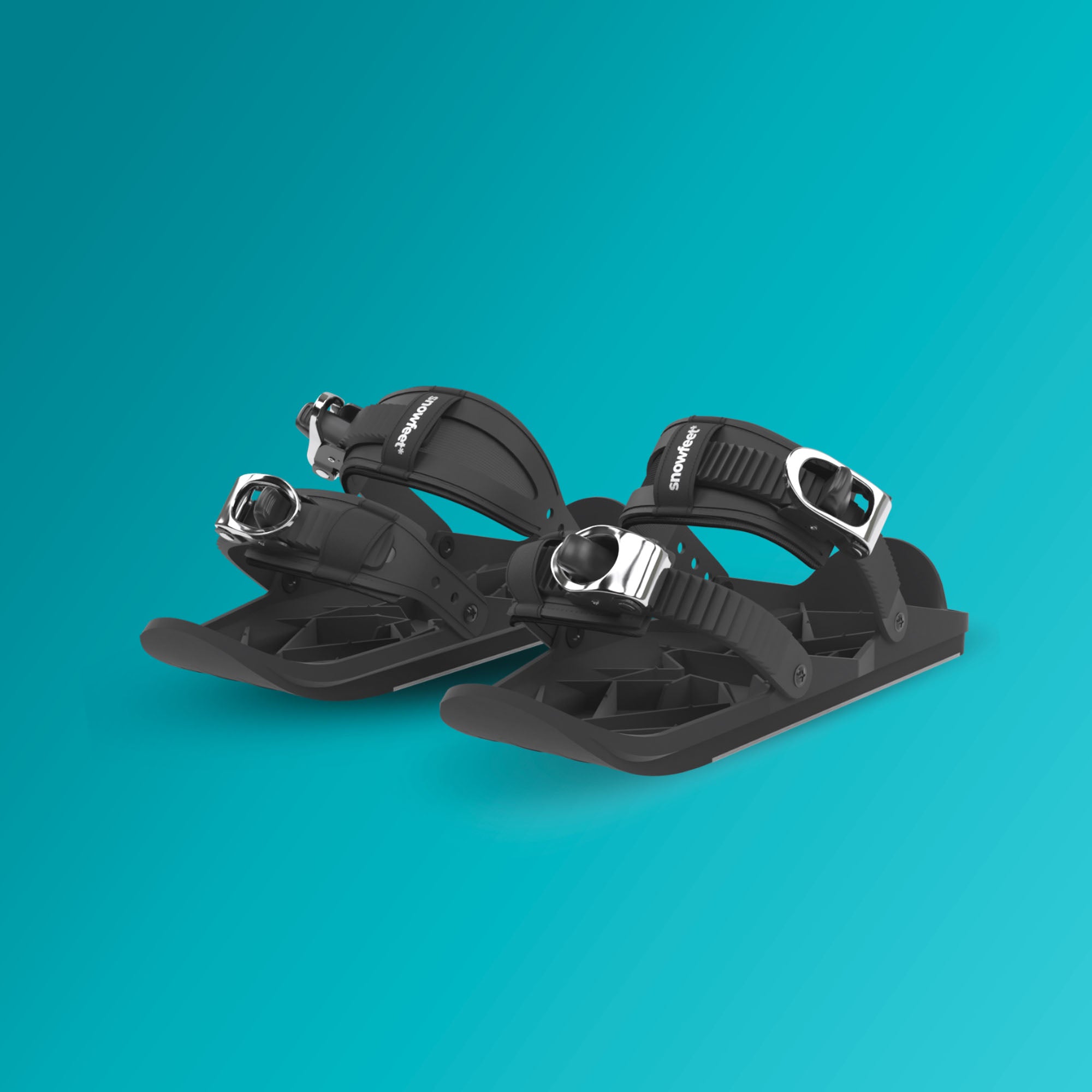


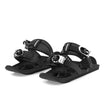
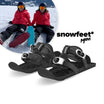

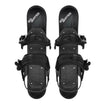


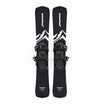
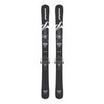
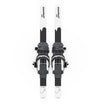
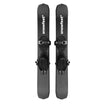
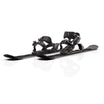
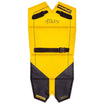

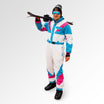
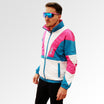
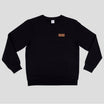
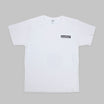
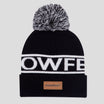
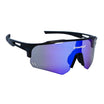
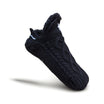
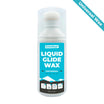
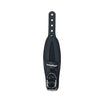
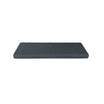
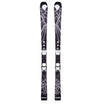

![Freestyle Skis Explained: Your Guide to Playful Performance [2025]](http://www.snowfeetstore.com/cdn/shop/articles/Kluci_65_Skiblades-3_55d8bfcf-48a1-47cf-ba9b-ca179507e9cf.jpg?v=1747124490&width=1500)


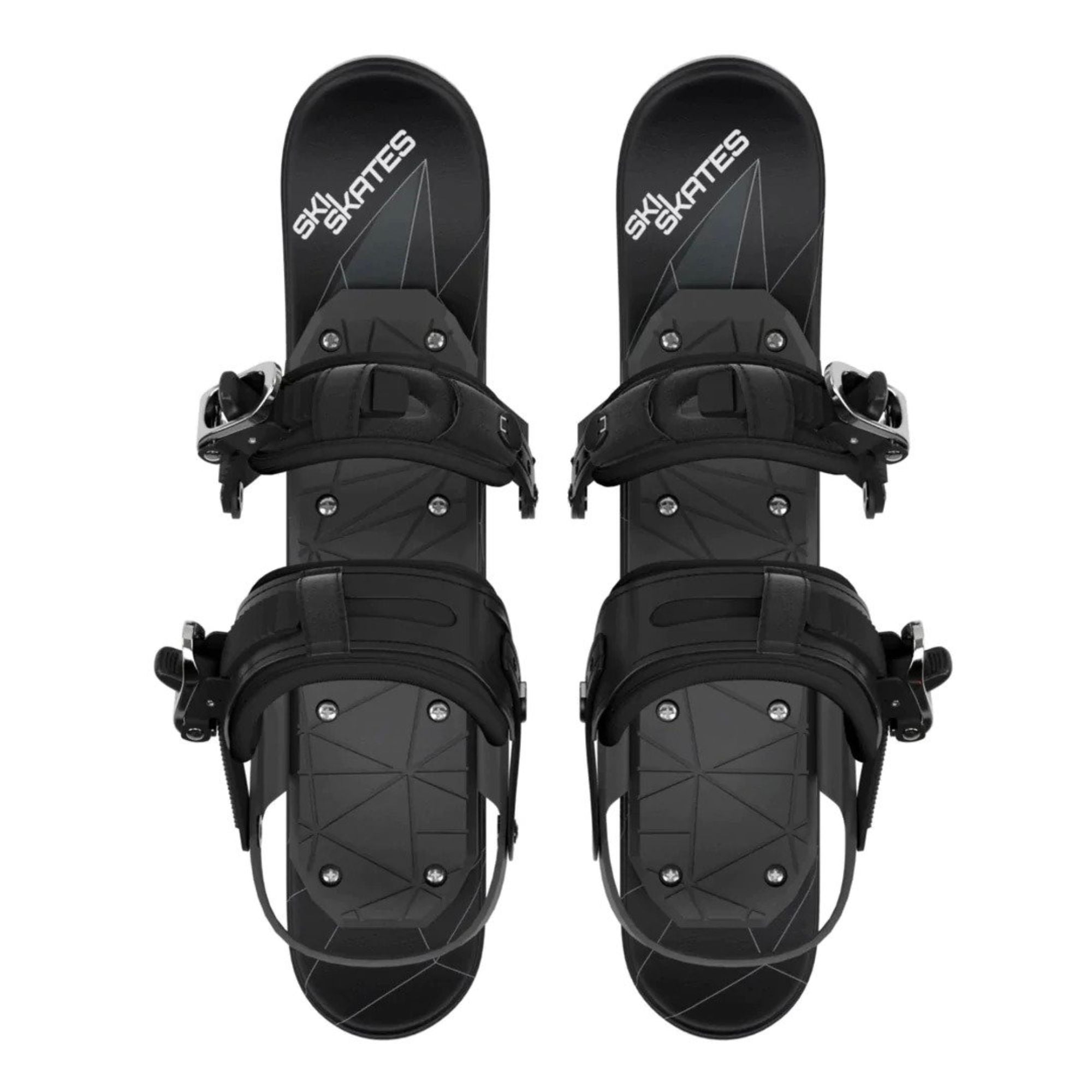
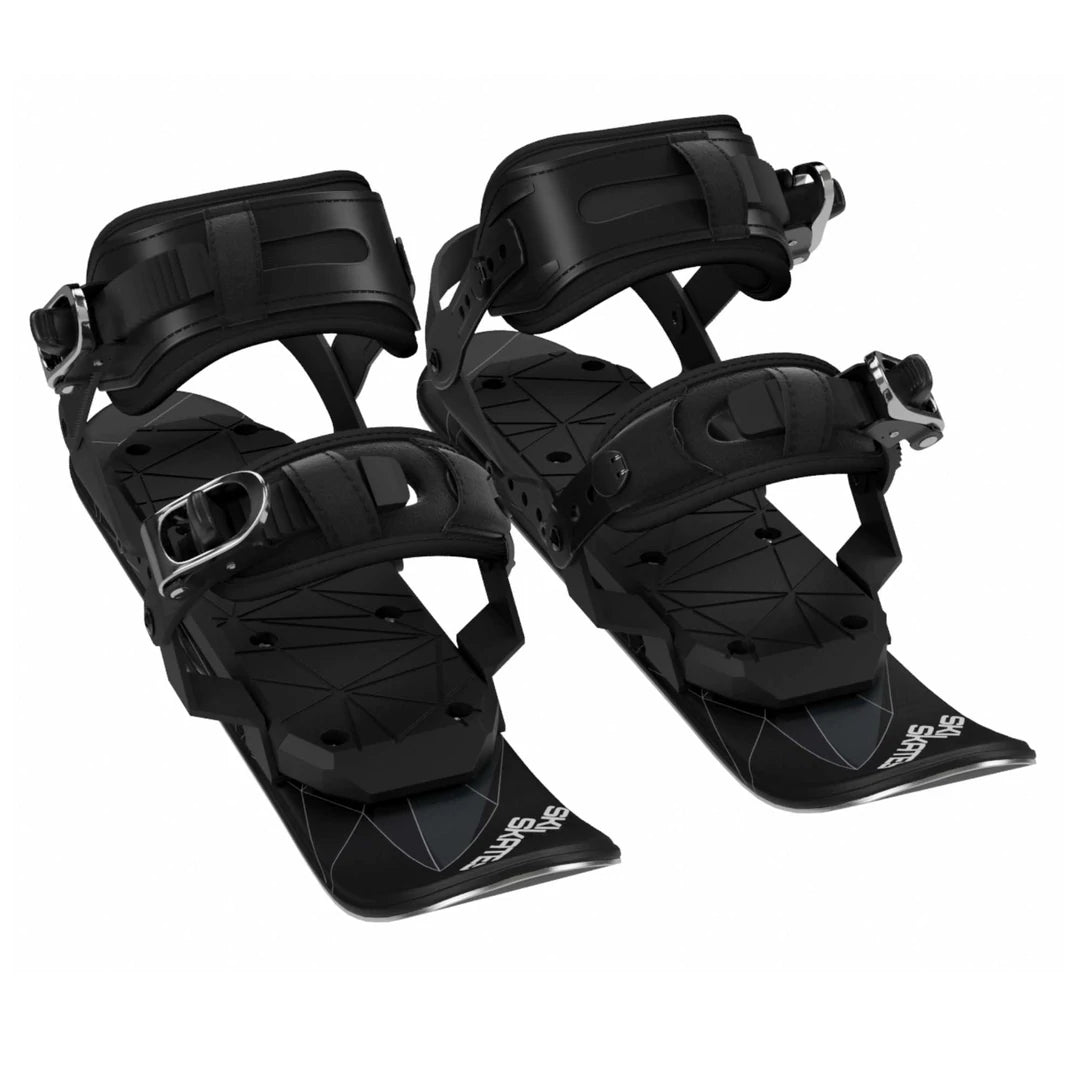
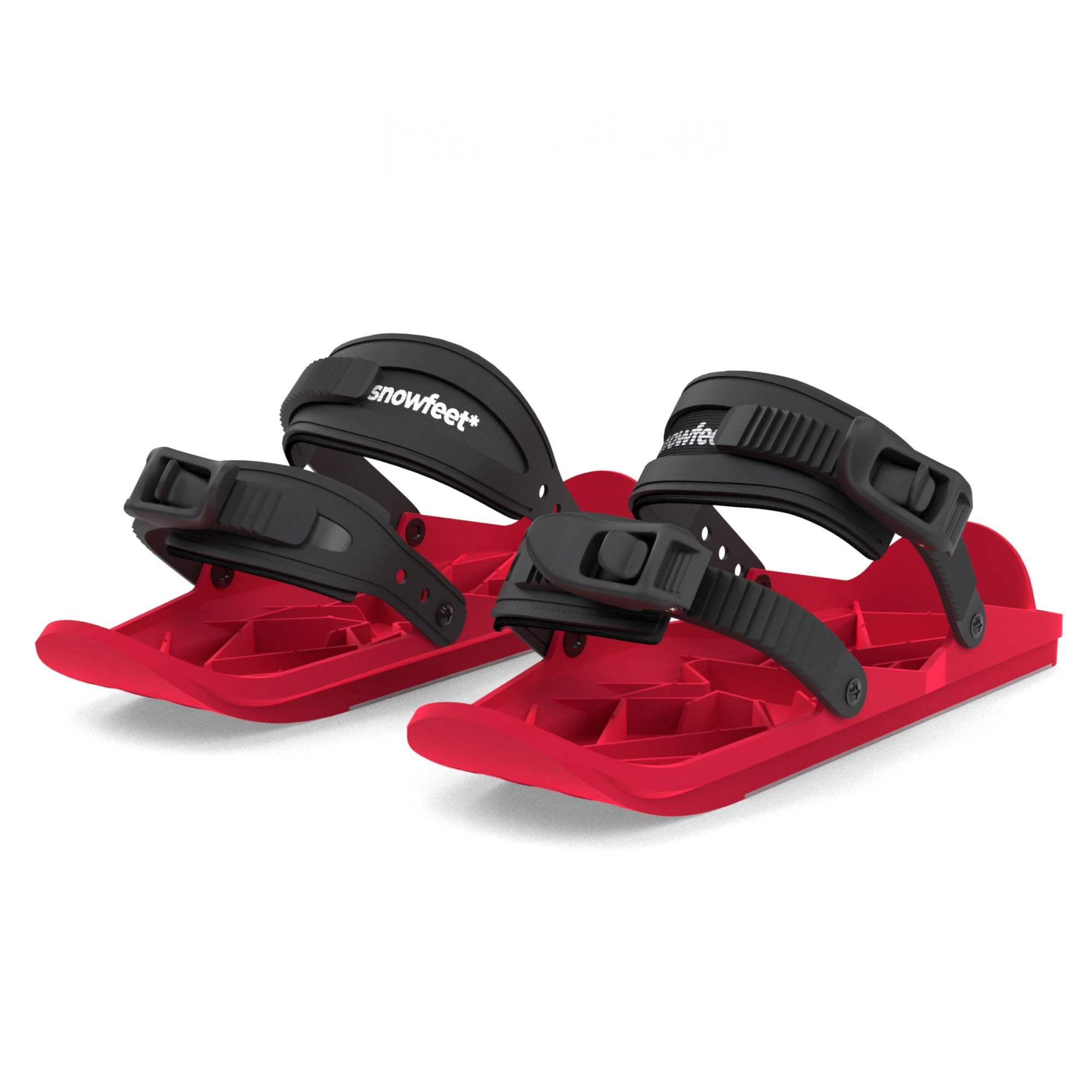
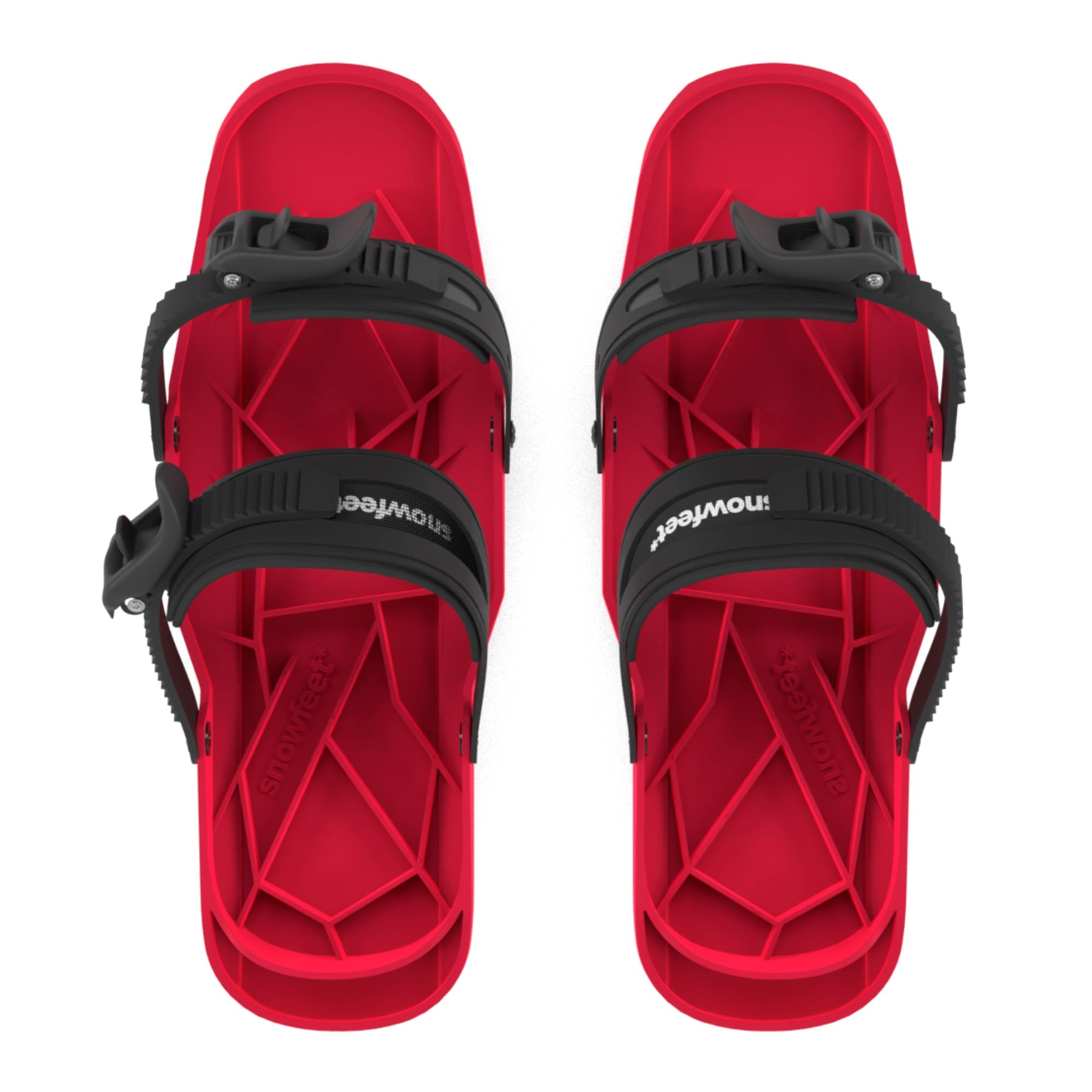




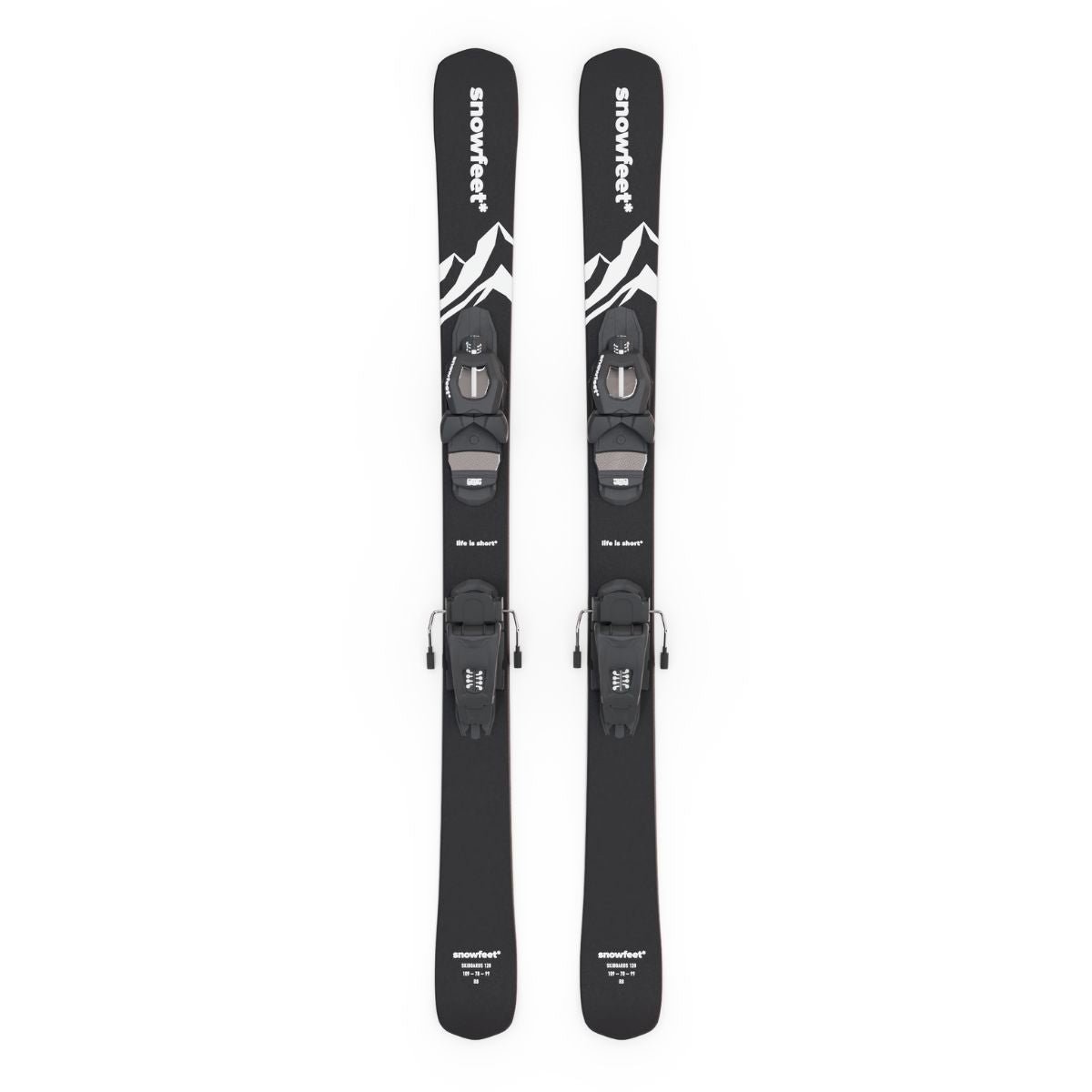
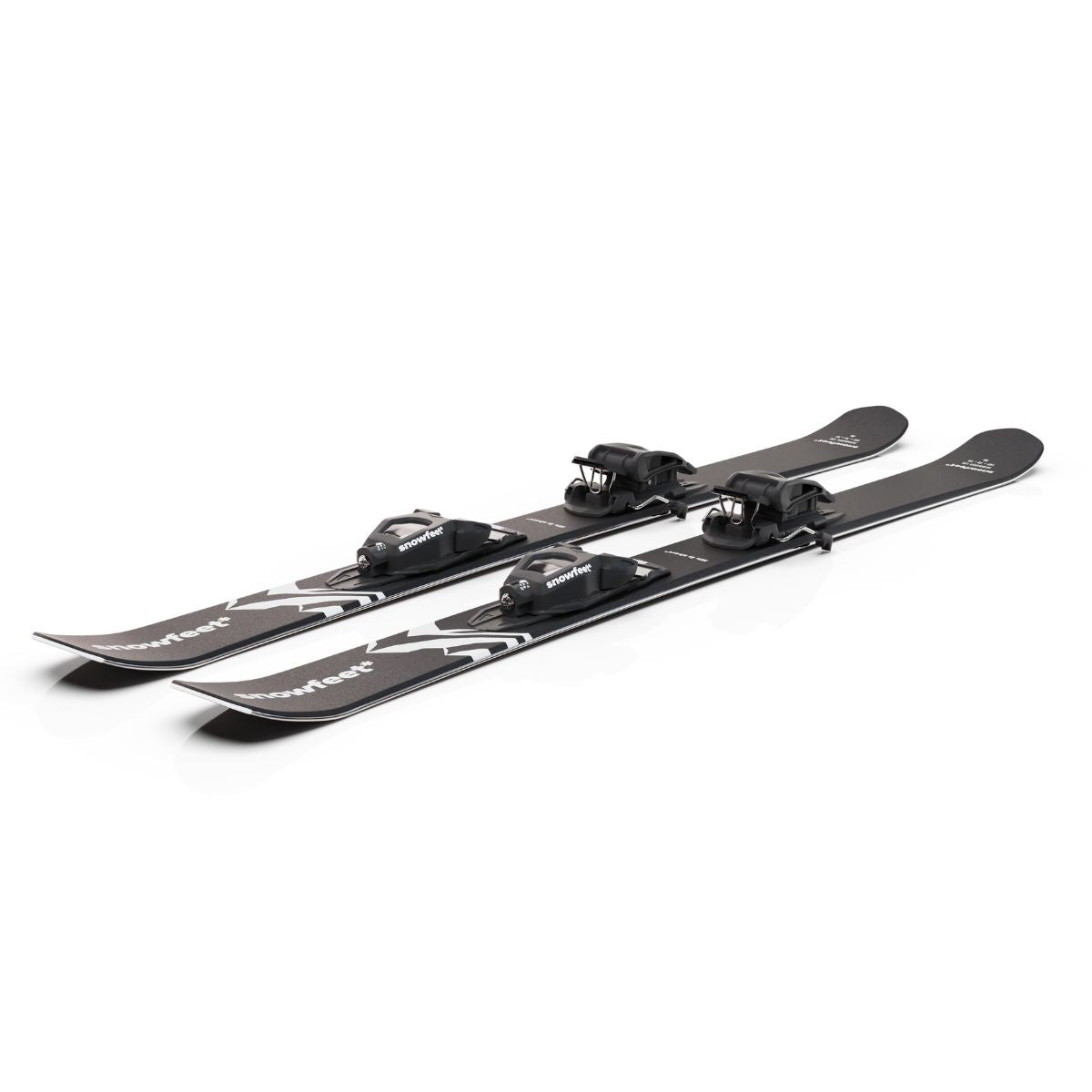
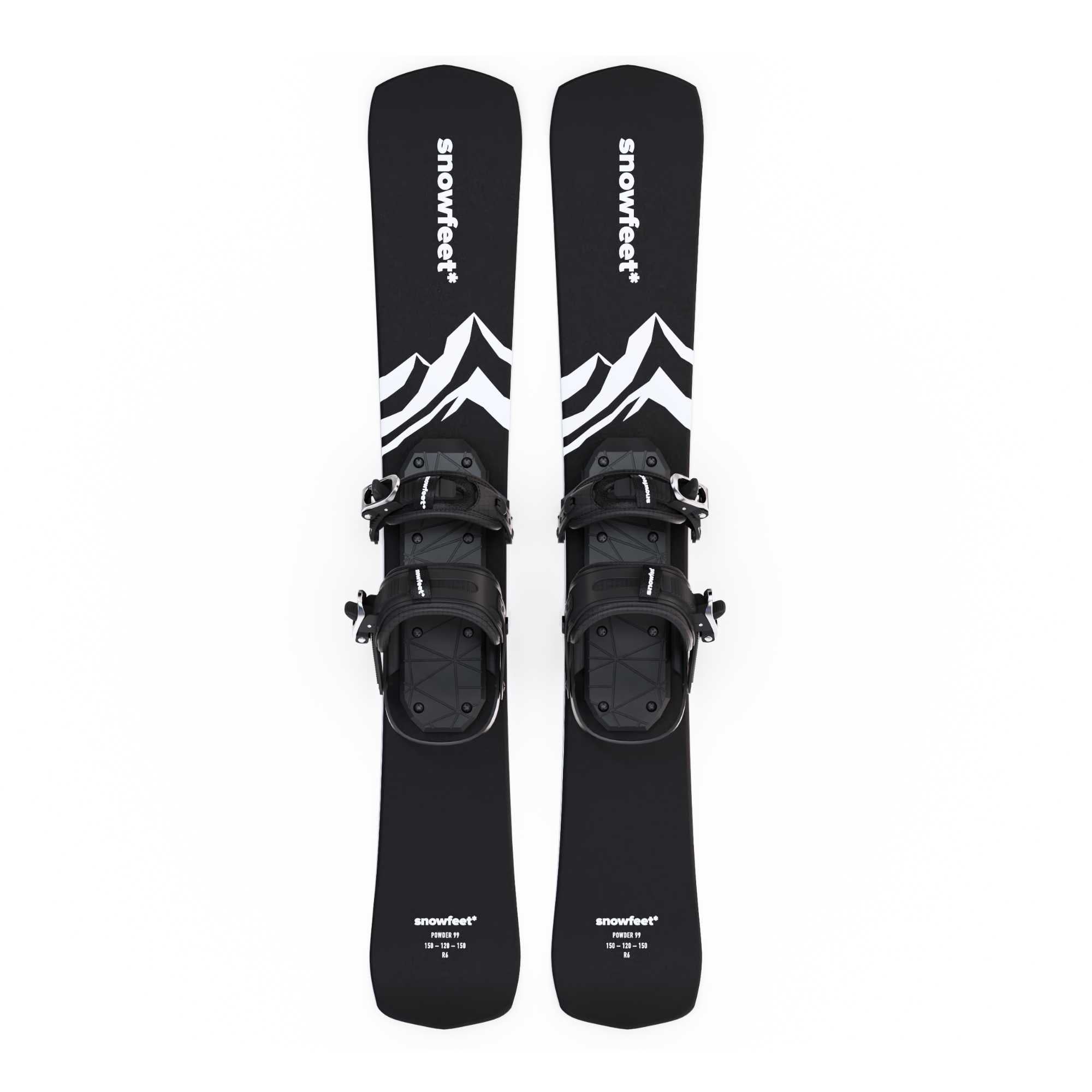
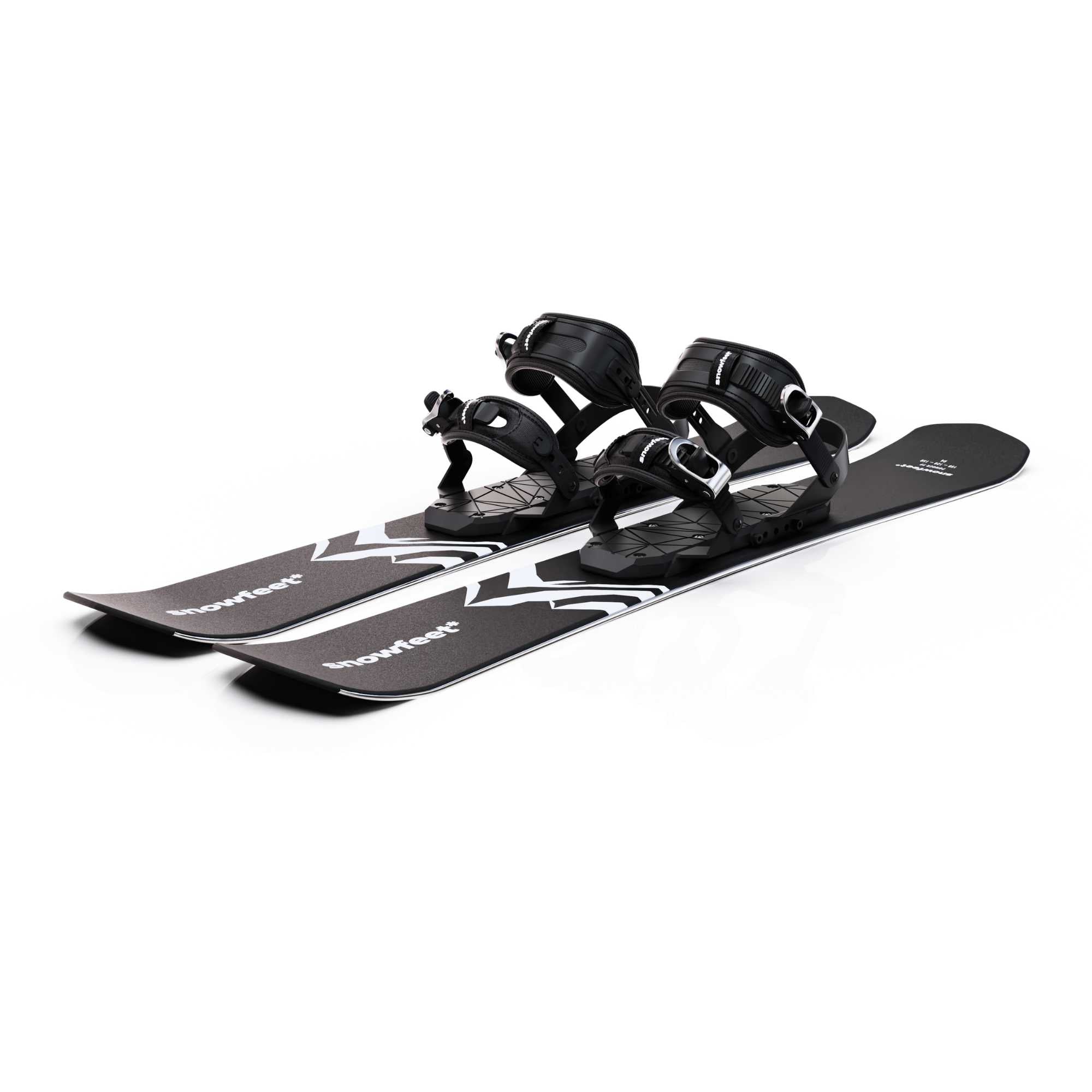
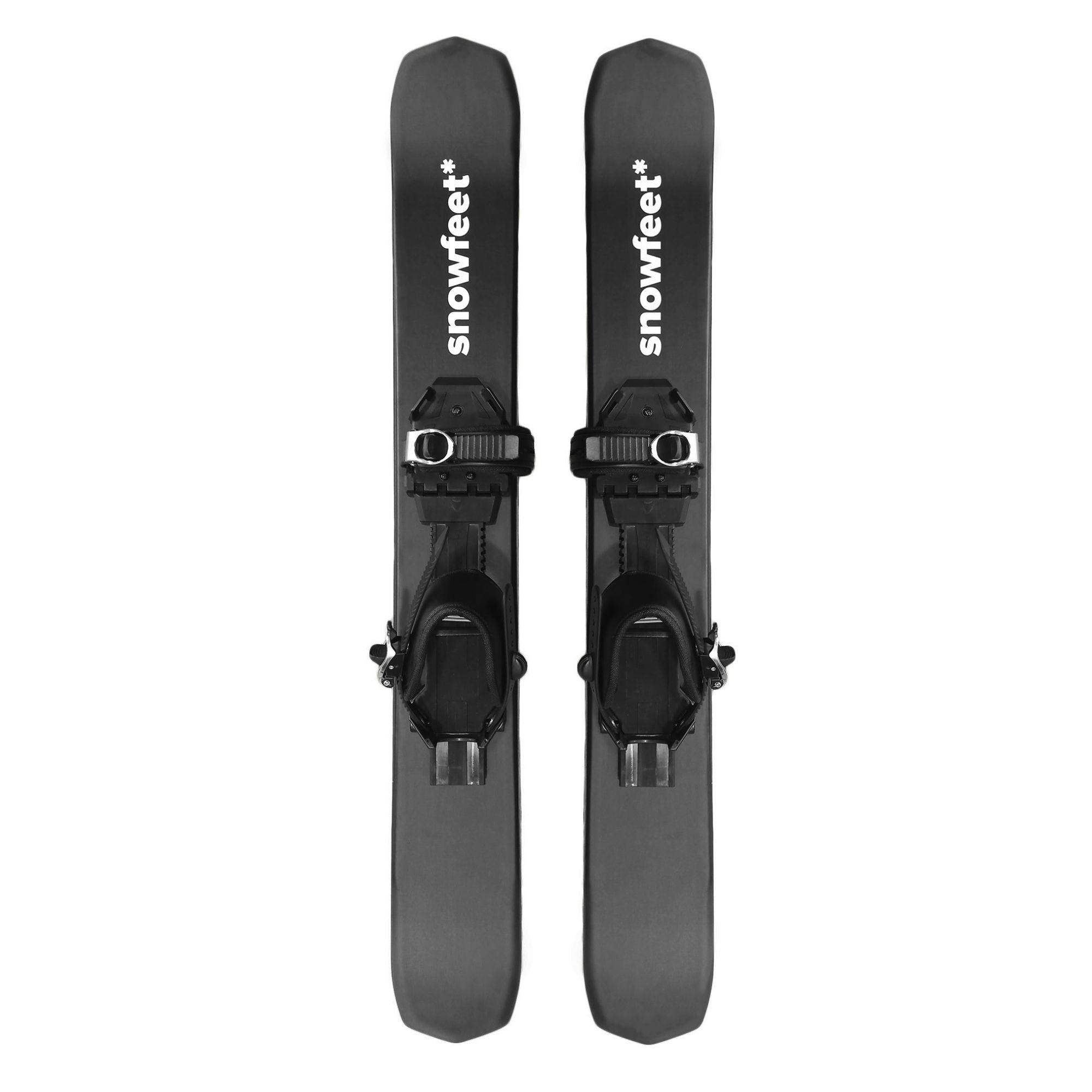
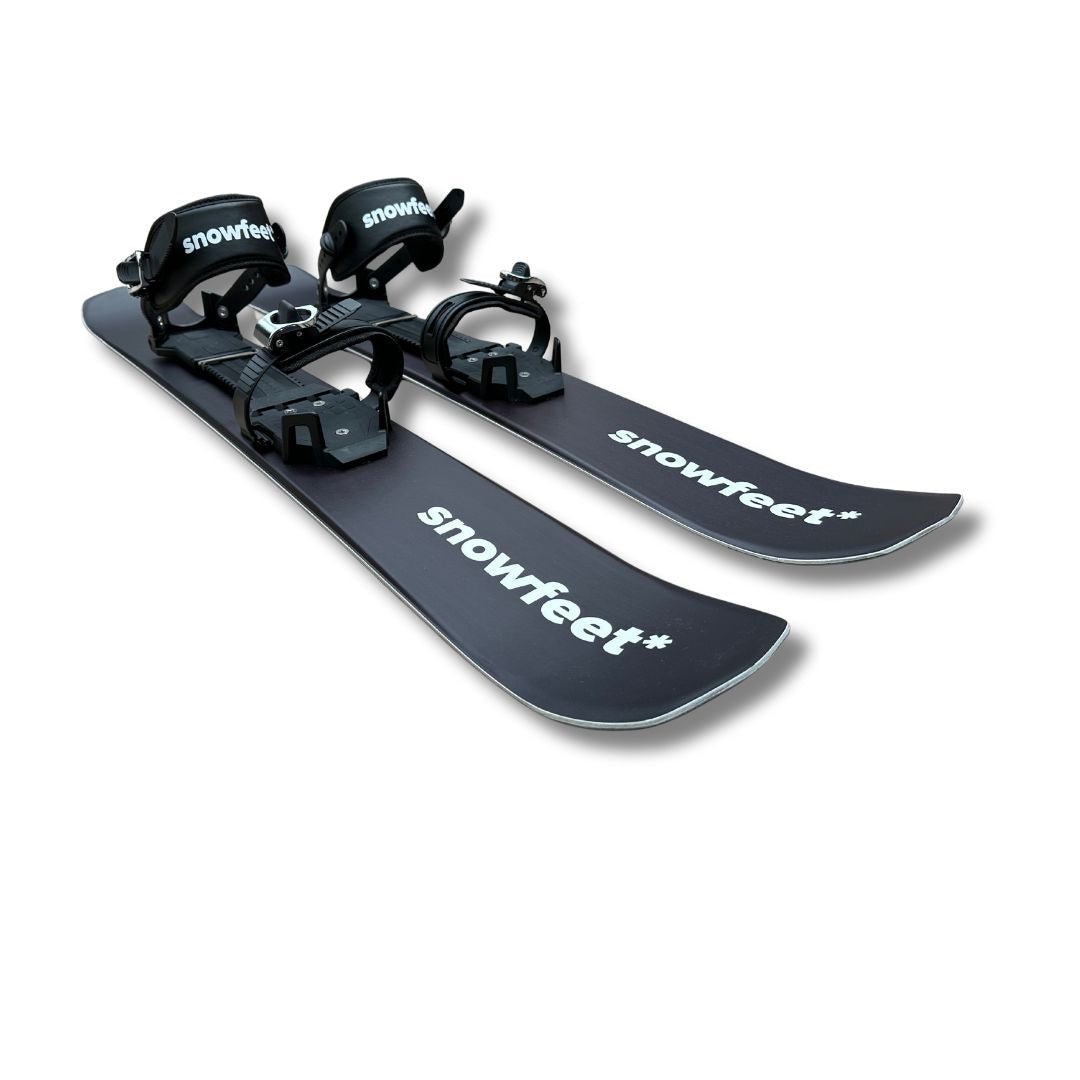
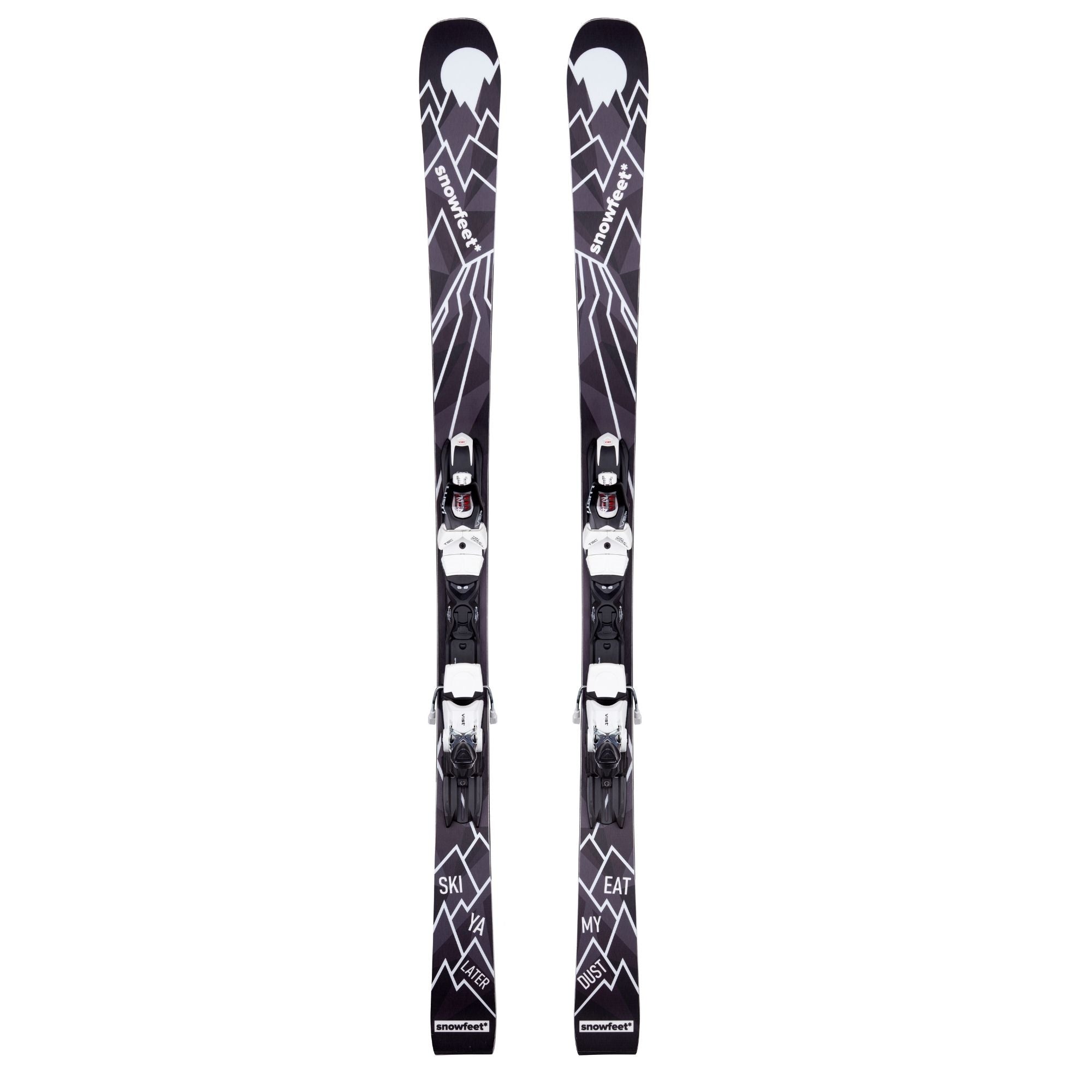
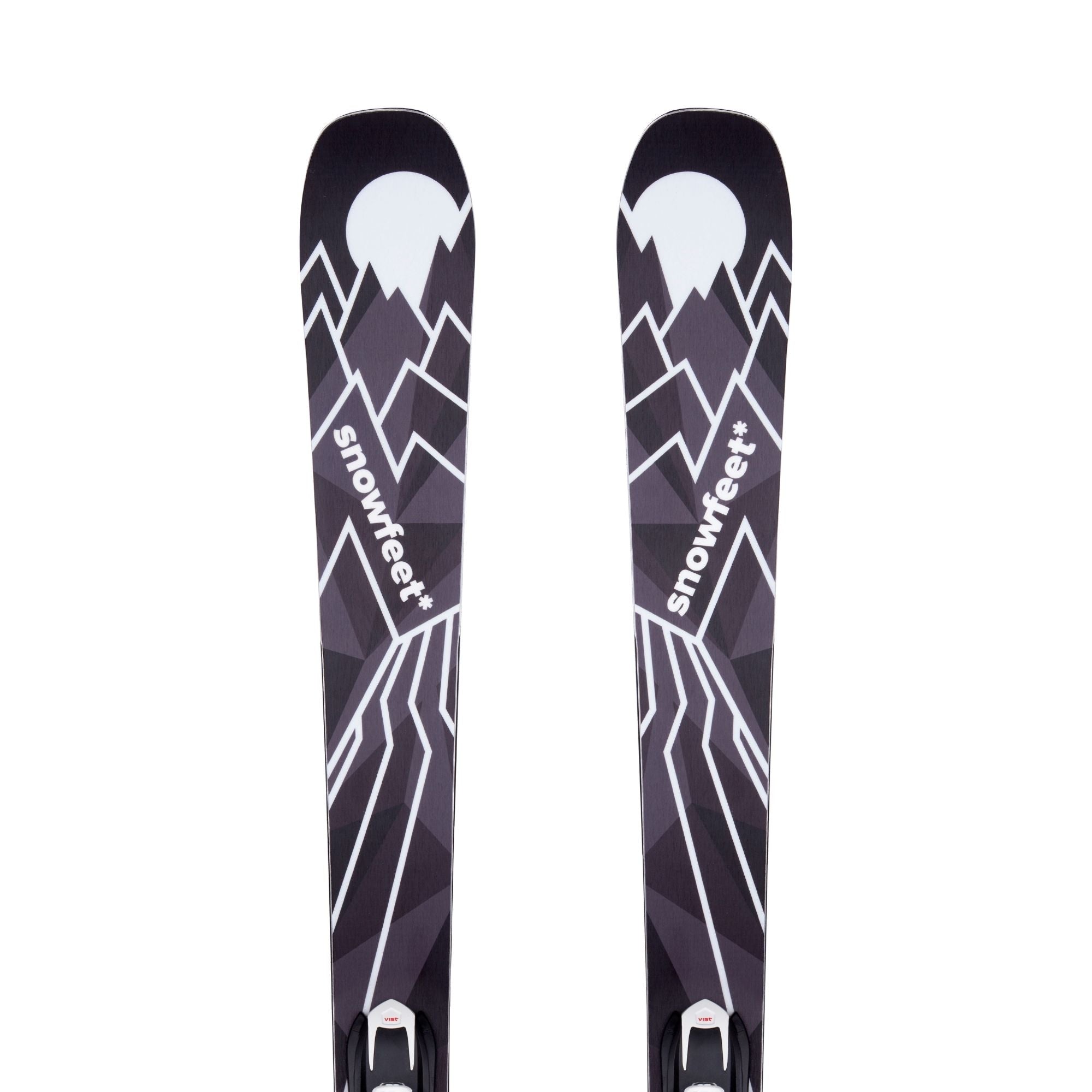
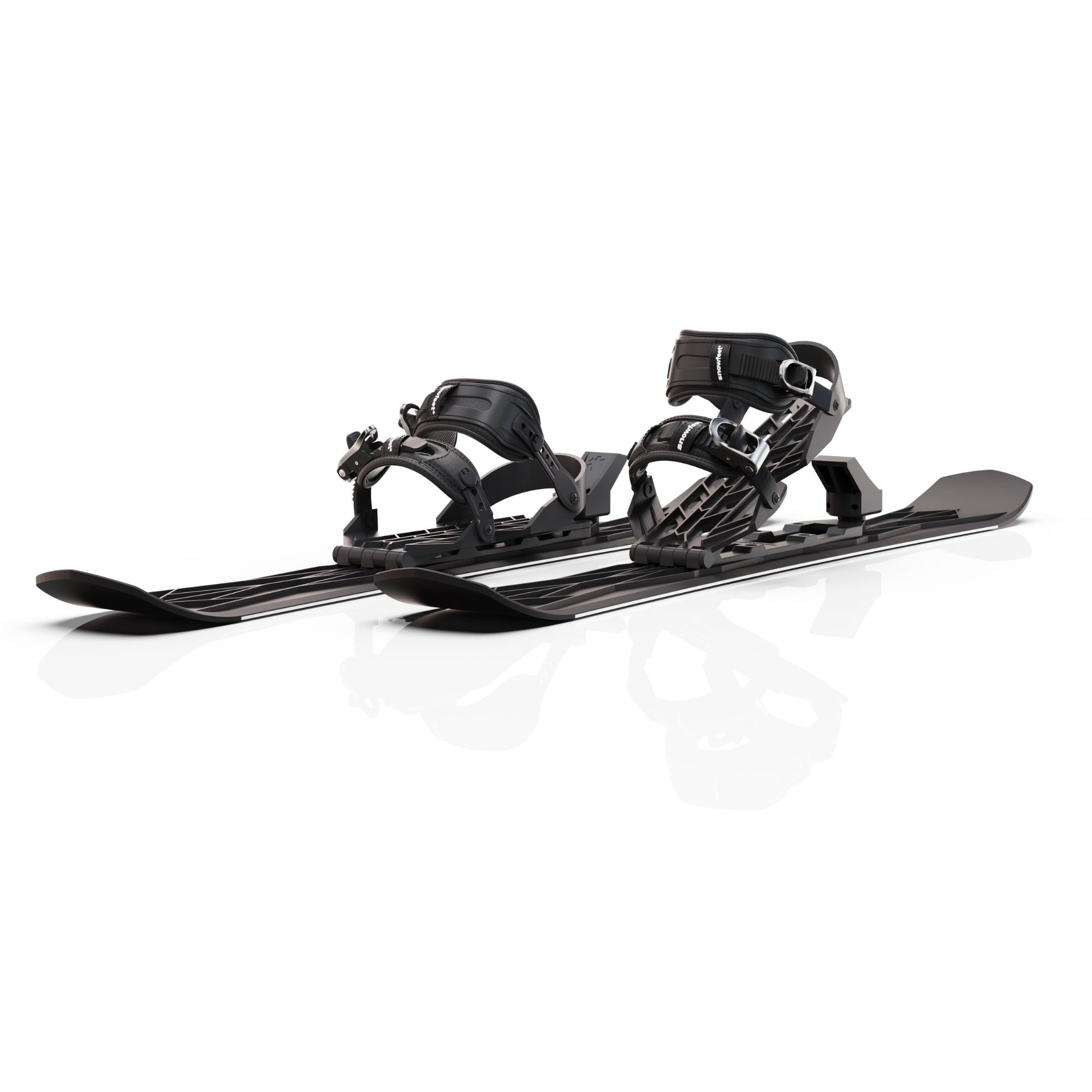

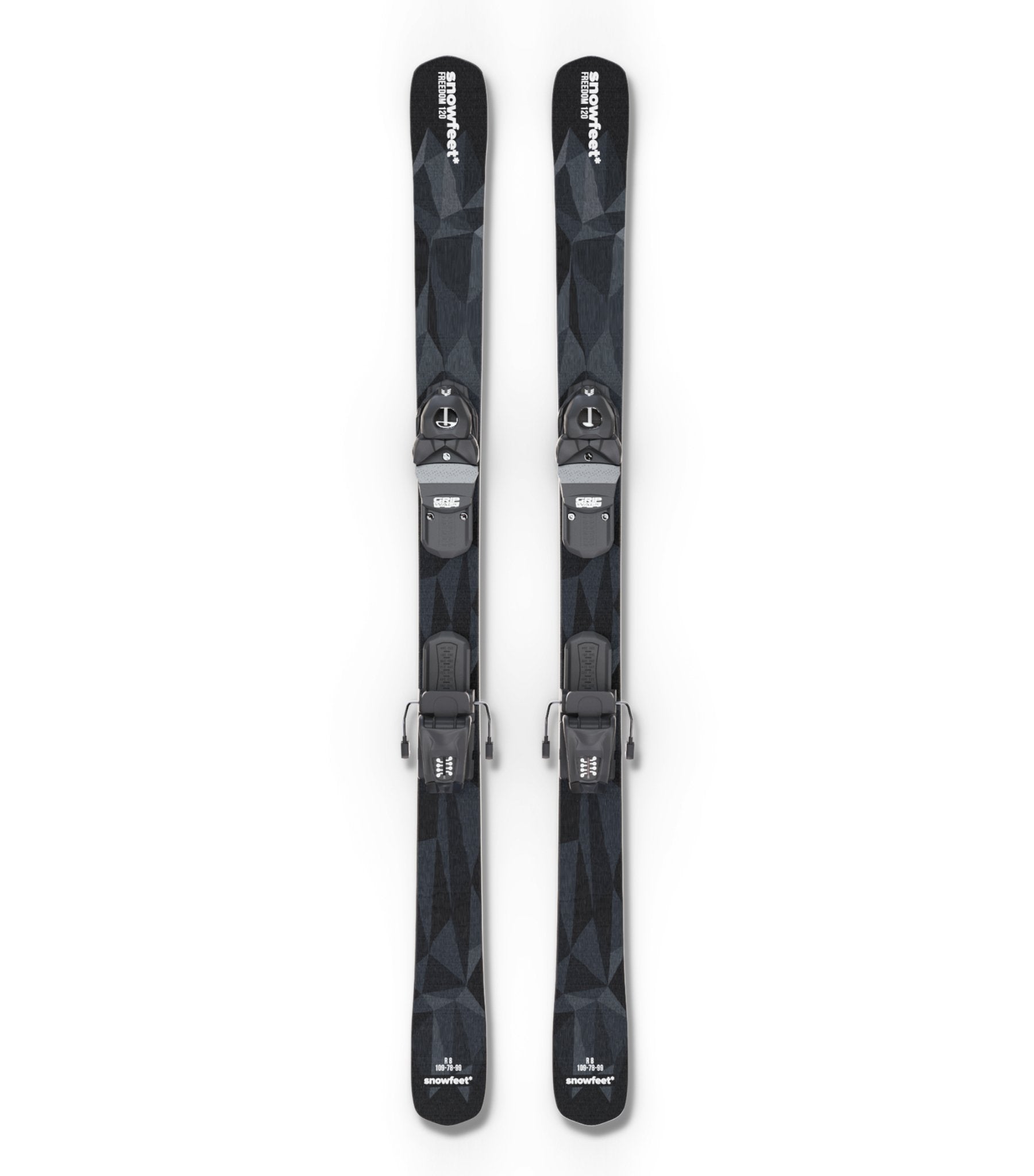
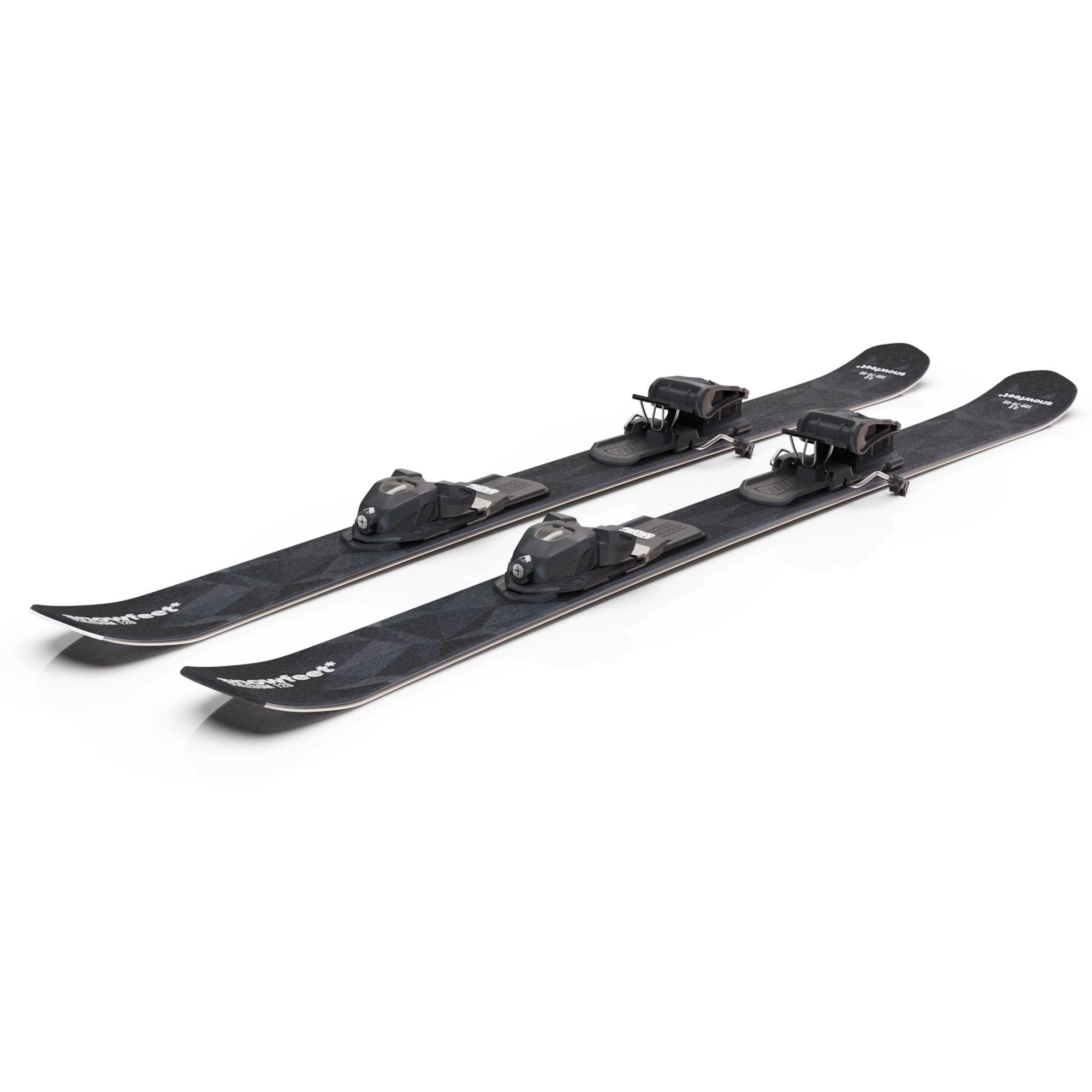
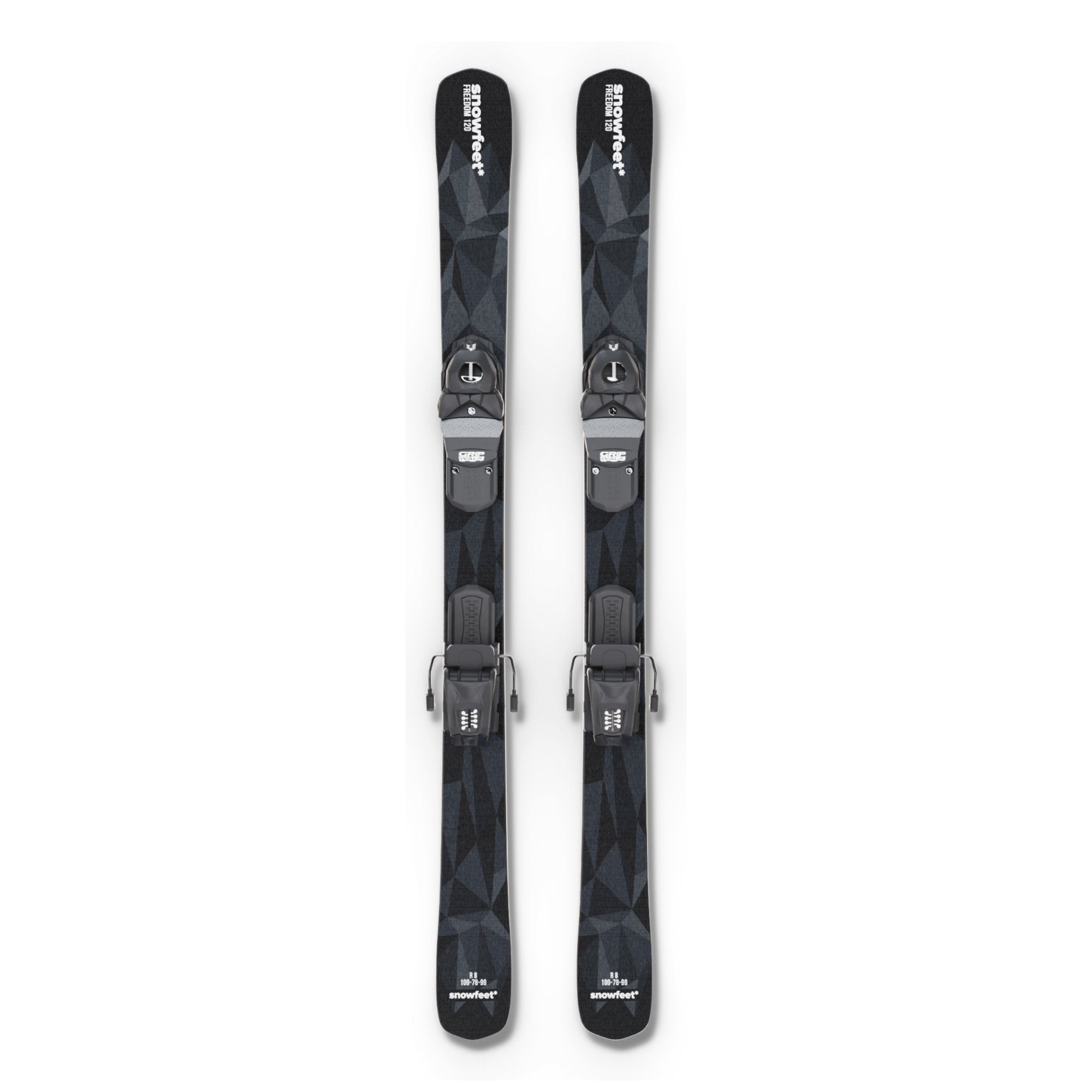
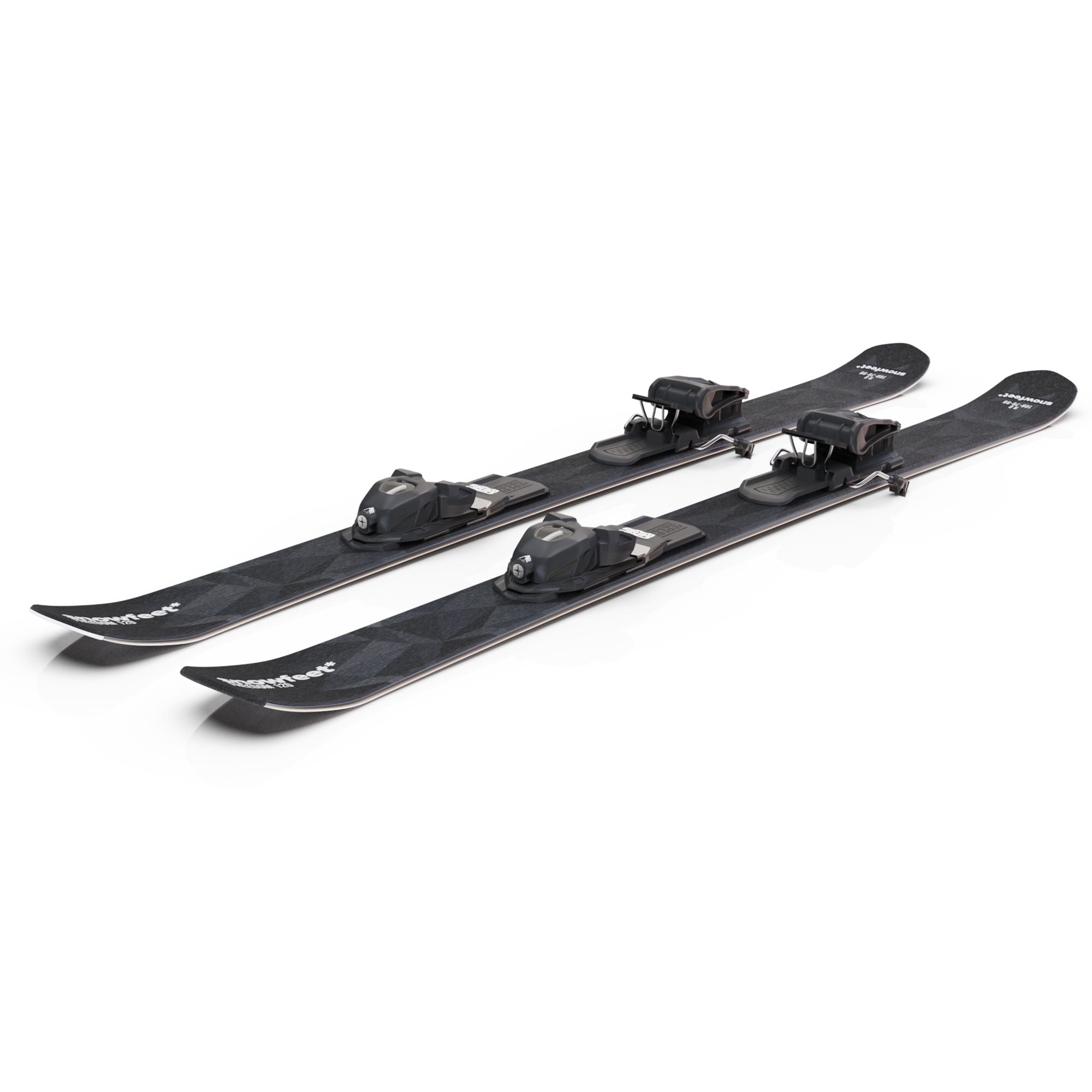
Leave a comment
This site is protected by hCaptcha and the hCaptcha Privacy Policy and Terms of Service apply.